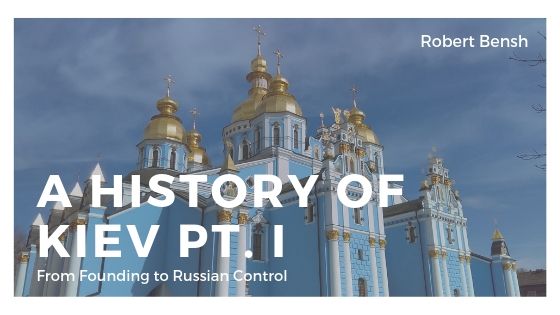Today, Kiev is the most populous city in Ukraine. The country’s capital has a fascinating history. Many major events have shaped this diverse city, forming it into one of the most influential cultural hotspots of eastern Europe.
Founding
Legend has it that the city was originally founded by three Slavic brothers and their sister. It was then named after the brother Kyi. Others argue that the city was actually founded by Turkic peoples, and the name should be traced back to their language’s words for riverbank and settlement. The origin alone isn’t the only topic of uncertainty. No one knows exactly when the city was founded, either. Although most historians believe the city can be dated back to the 5th century, others argue that it wasn’t truly settled until the 6th.
Historians have a more accurate understanding of the city after the 9th century. Then, the city became a regional commerce and cultural hotspot after it was seized by the Varangians, a Baltic viking people. Kiev became even more significant after Vladmir the Great, a leader based there, announced Christianity as the official religion in 988. This sealed important relationships with the Byzantine Empire and Bulgaria.
Middle Ages and Beyond
Things changed when Kiev was pillaged and destroyed by a group of Mongols led by Batu Khan. Kiev was located in a fertile area along important trade routes, making it a highly desirable city to control. This attacked marked the beginning of a long period of changes between leaders. Kiev traded hands for four hundred long years. It wasn’t until 1667 that Kiev was ceded to Russia.
Under Russian Control
Kiev was deeply influenced by Russian military and culture during its time under the country’s control. Every religious, economic, and education institution was touched by Russia. Despite this, Ukrainian nationalism was on the rise. People created underground political secret societies. The more Russia tried to suppress them, the stronger they became.
Kiev played an important role during Russia’s industrial revolution. The city was an important hub for transportation, both by river and rail. The city was also responsible for exporting the country’s main exports of grain and sugar.
The history of Kiev doesn’t stop here! Kiev remained an important city throughout the following years. It also played an important role during World War I, the Russian Revolution, World War II, and more.
